Lawn Problems That Aren’t Really Problems
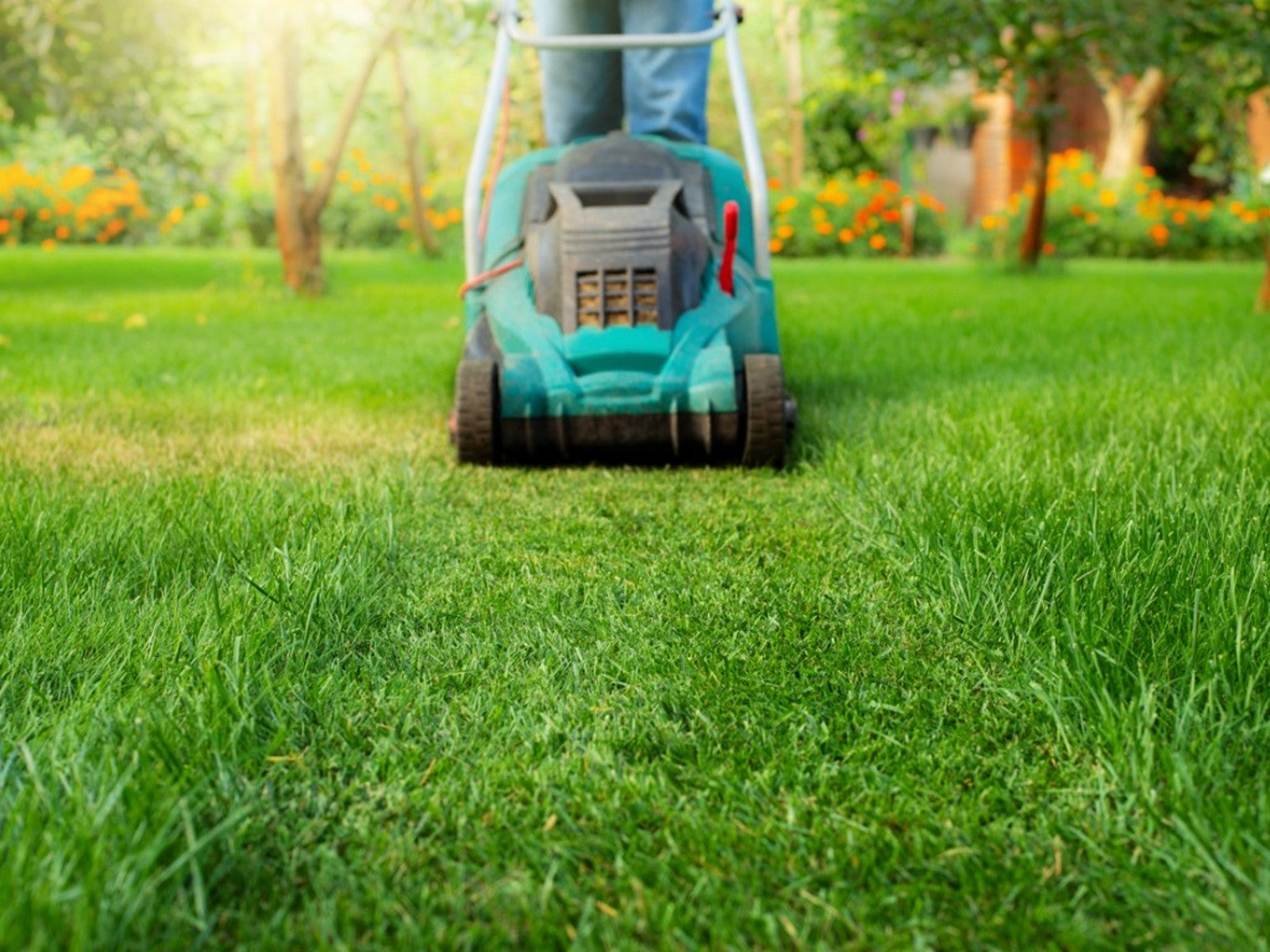

When is a lawn problem not really a problem? When it’s a problem of gardener preference or habit, not garden health. If you take a closer look at many of the type of lawn problems you worry about in springtime, you may be able to erase a few from the list.
Many gardeners opt to cut down on their workload while benefiting wildlife by eliminating chores like weeding the turf, raking up leaves, and killing grubs with pesticides. Ready to start getting grass problems off your list? Read on.
Weeds: In the Eye of the Beholder
Weeds are simply plants a gardener didn’t plant and doesn’t want. Think about it. Many gardeners spend hours digging out dandelions because they classify them as weeds, but many others cultivate these edible flowering plants. (Almost the entire plant is delicious cooked.) It’s all a matter of preference.
Dandelion and other so-called weeds like clover and yarrow can be left to mingle with your turf, or even to replace it, to good effect. No herbicides spread on the lawn; food for beneficial insects and wildlife, and less work for the gardener. Native grasses, sometimes classified as weeds, look great as an alternative lawn and are wonderful, low-maintenance lawn ideas.
Raking May Not Be Necessary
Anyone raking the lawn in the heat of a mid-summer day dreams of easy lawn care solution to grass problems. If you have a traditional lawn, regular mowing is necessary. But planting native grasses can make mowing moot.
When it comes to raking, just say no. Many gardeners have learned that as long as you cut the grass regularly, taking off no more than the top third, it’s fine to leave the cut grass right where it falls. You may have heard that clippings promote thatch build up, but that’s just an old spouse’s tale.
Clippings break down quickly, often in a matter of a few weeks. A mulching mower will chop up the grass blades even more. And either way, grass clippings act like fertilizer on the lawn, containing the equivalent per weight of 4 percent nitrogen, .5 percent phosphorus and 3.5 percent potassium.
Gardening tips, videos, info and more delivered right to your inbox!
Sign up for the Gardening Know How newsletter today and receive a free copy of our e-book "How to Grow Delicious Tomatoes".
Forget Spring Herbicides for the Lawn
Not every garden contains glistening white grubs, but if yours does, you are likely to see them in the newly turned soil in spring. These grubs - the immature life stage of the June beetle and its relatives – can be damaging to turf in late summer.
But they are relatively harmless in winter and spring. The ones we see in spring are in hibernation, during which the grubs don’t eat, and they remain in this non-feeding state until May. Summer is the time to use herbicide.
Why not get rid of them sooner rather than later? Because pesticides that take out grubs also take out other grubs, some benign, some the larval stage of beneficial insects. If you wait until summer, many of these grubs will have matured and flown away. At the same time, you are reducing your spring to-to-in-the-garden list and shortened your list of spring lawn problems.

Teo Spengler is a master gardener and a docent at the San Francisco Botanical Garden, where she hosts public tours. She has studied horticulture and written about nature, trees, plants, and gardening for more than two decades. Her extended family includes some 30 houseplants and hundreds of outdoor plants, including 250 trees, which are her main passion. Spengler currently splits her life between San Francisco and the French Basque Country, though she was raised in Alaska, giving her experience of gardening in a range of climates.
-
 Types Of Tomatoes Explained: Explore The Many Wonderful Shapes, Colors, Flavors, & Best Uses
Types Of Tomatoes Explained: Explore The Many Wonderful Shapes, Colors, Flavors, & Best UsesThe world of tomato varieties is vast and fascinating. Learn about the key types to grow in your garden, tailored to your preferences and space.
By Amy Grant
-
 Try The Trend – Turn Any Bed Into A Keyhole Garden With This Clever In-Ground Composter
Try The Trend – Turn Any Bed Into A Keyhole Garden With This Clever In-Ground ComposterKeyhole gardening is an efficient and sustainable practice that saves space. Get started on this DIY project quickly and easily with an in-ground composter.
By Bonnie L. Grant
-
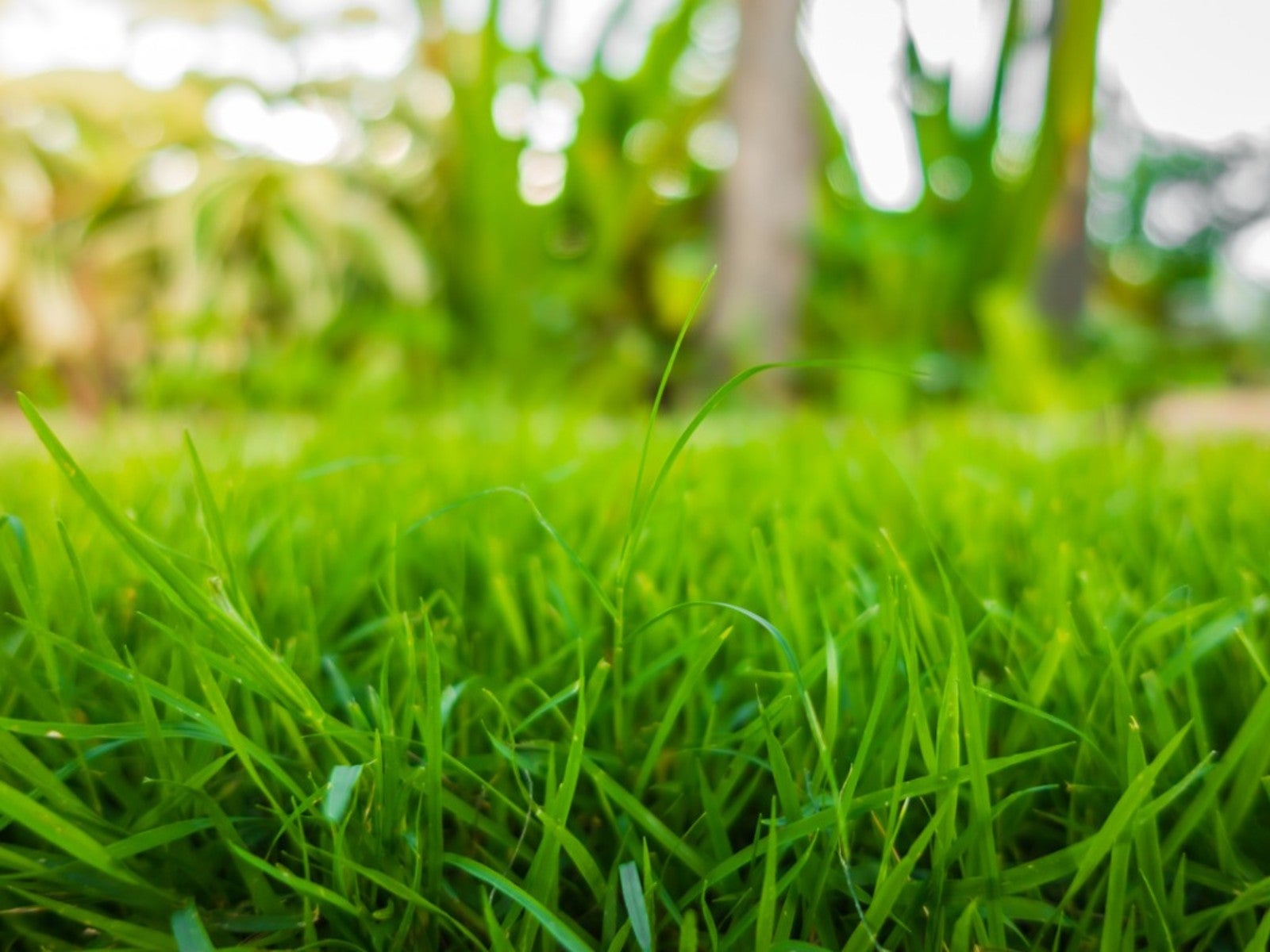 Sustainable Turf Species For A Greener Lawn
Sustainable Turf Species For A Greener LawnClick here for some of the most sustainable types of turf grass you can grow for an eco-friendly lawn.
By Bonnie L. Grant
-
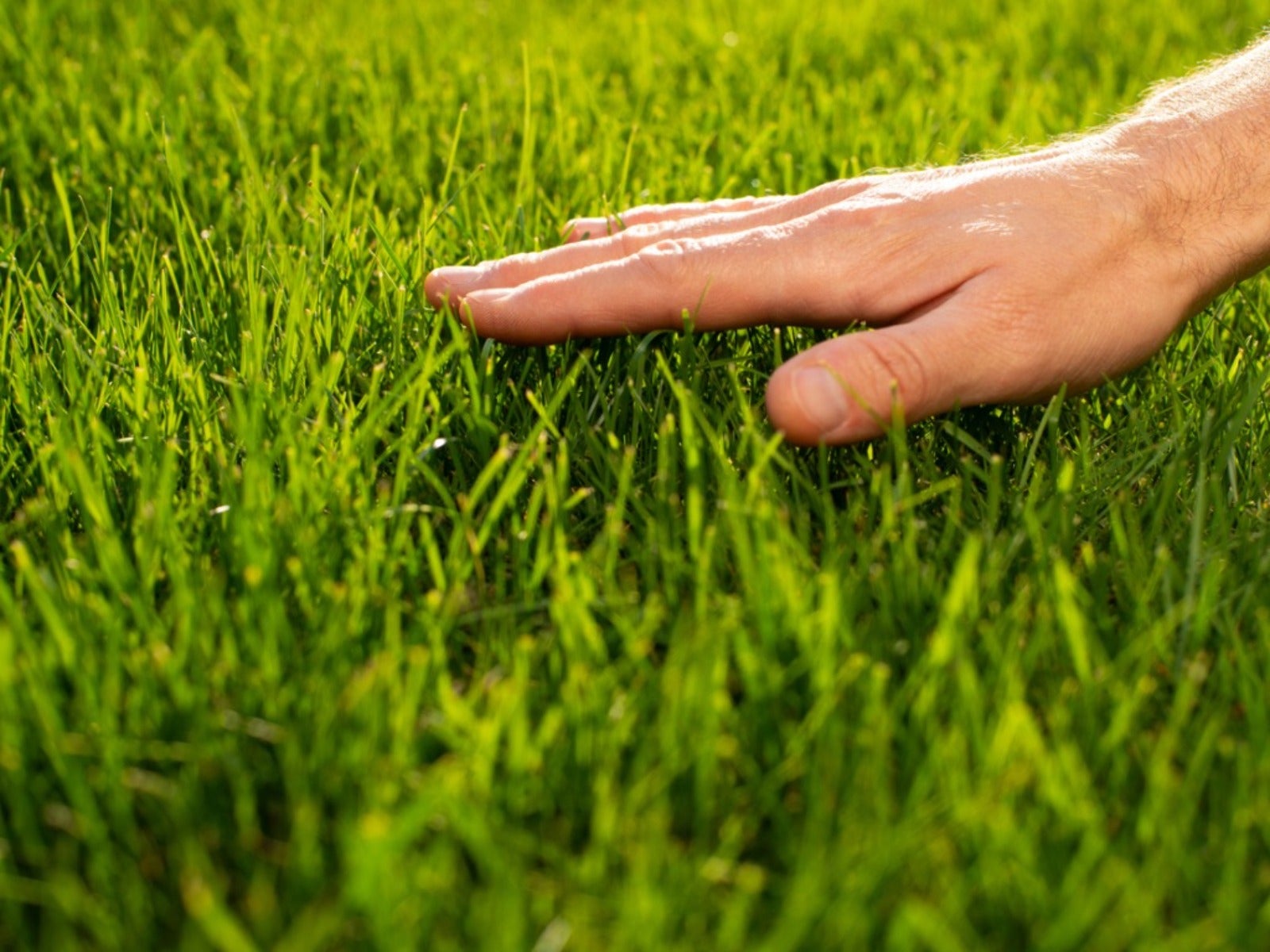 How To Grow A Sustainable Lawn
How To Grow A Sustainable LawnAdjust your thinking about a perfect green lawn and consider more sustainable methods. Click here to learn how.
By Mary Ellen Ellis
-
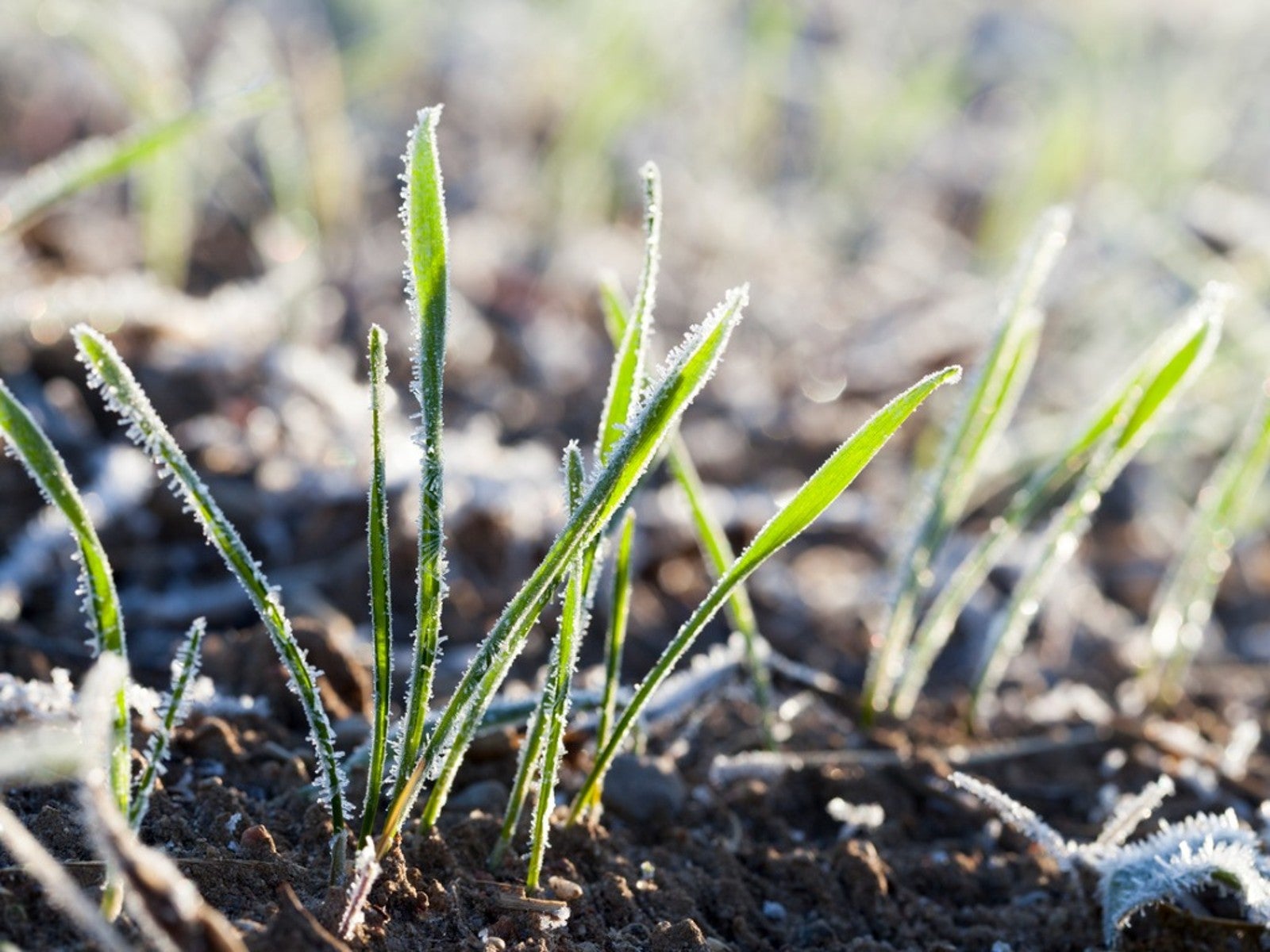 Will Frost Kill Grass Seed And How To Help New Turf Survive
Will Frost Kill Grass Seed And How To Help New Turf SurviveLearn how to help your newly sown grass survive frost and freezing weather.
By Amy Grant
-
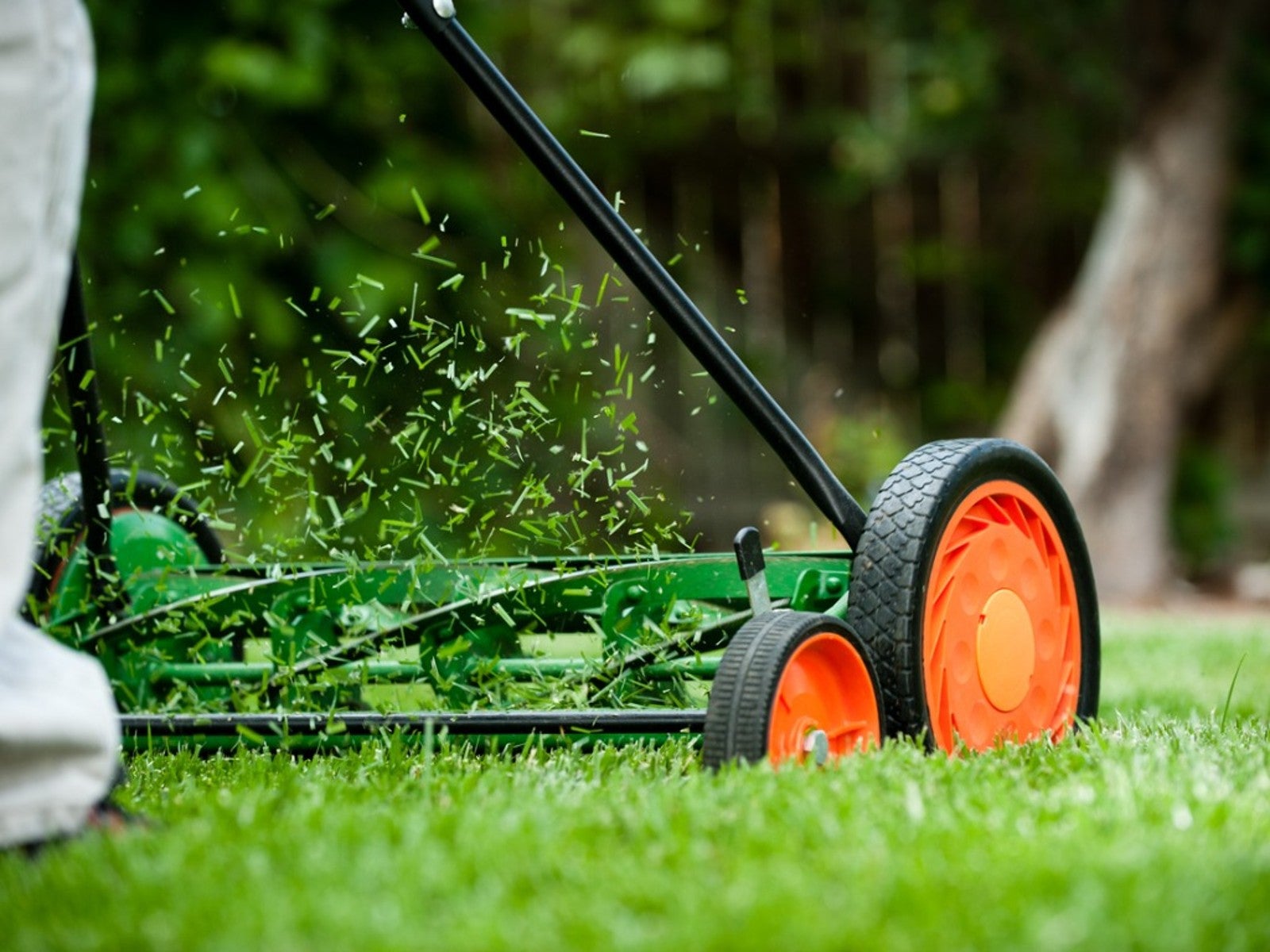 Why A Manual Push Mower Is Good For You And The Environment
Why A Manual Push Mower Is Good For You And The EnvironmentReel mowers are making a comeback, but why? Click here to learn about reel mower pros and cons.
By Amy Grant
-
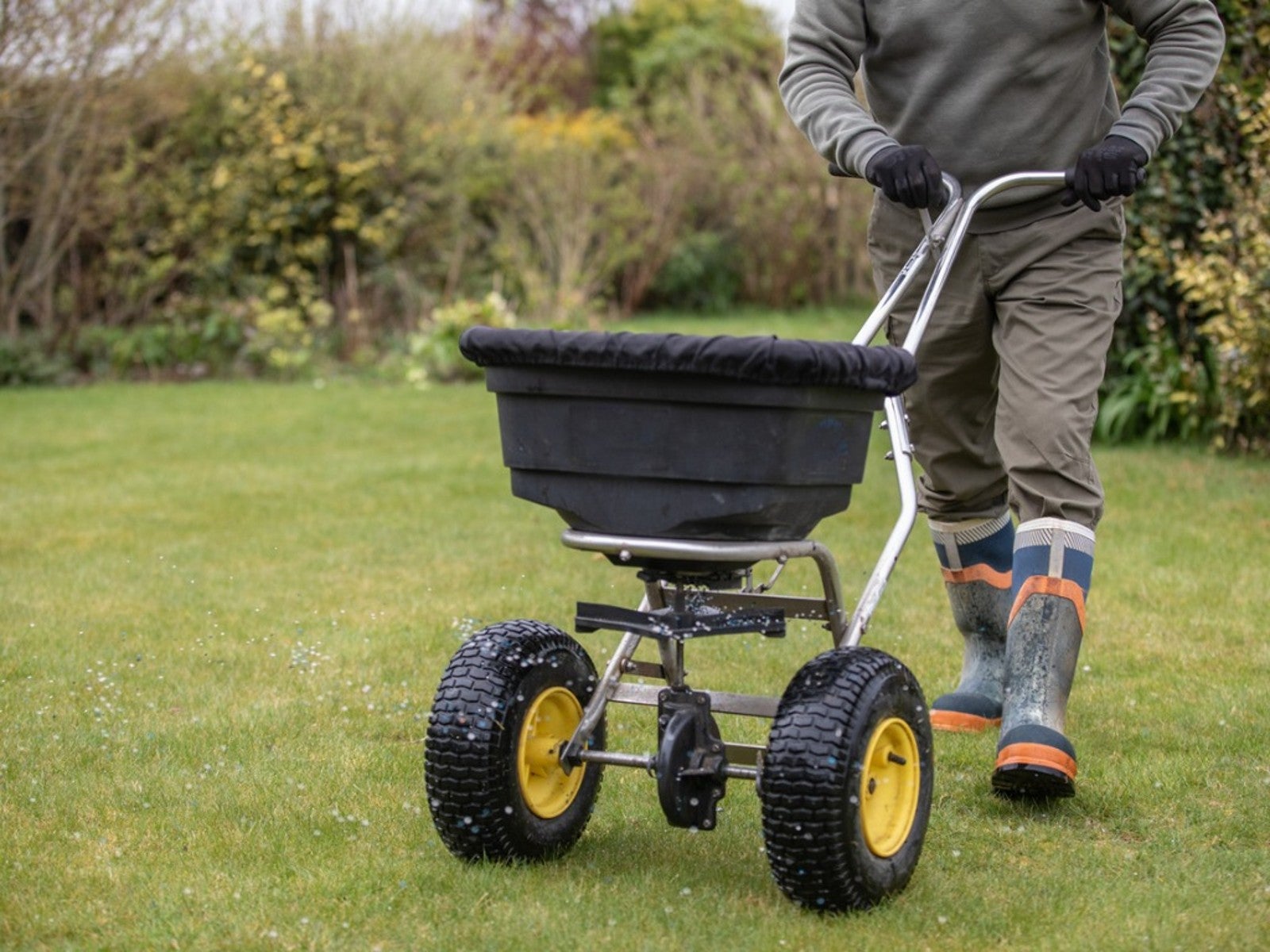 Fertilize Grass In Fall For A Lush Lawn In Spring
Fertilize Grass In Fall For A Lush Lawn In SpringFor everything you need to know about fertilizing your lawn in the fall, click here.
By Susan Albert
-
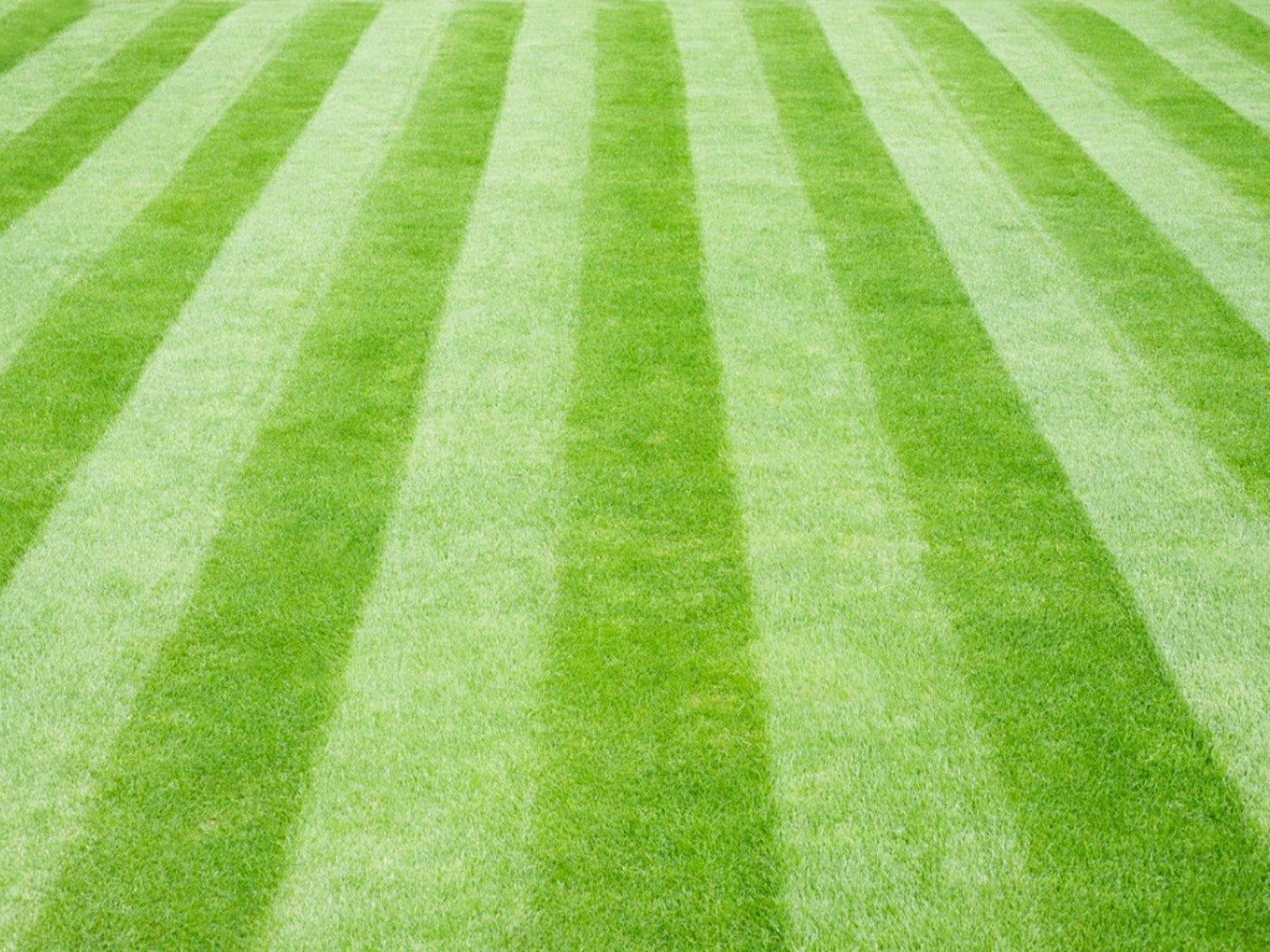 Tips For Mowing Stripes In Lawn
Tips For Mowing Stripes In LawnWouldn’t it be great to have stripes in your lawn like a sports field? Learn how here.
By Susan Albert
-
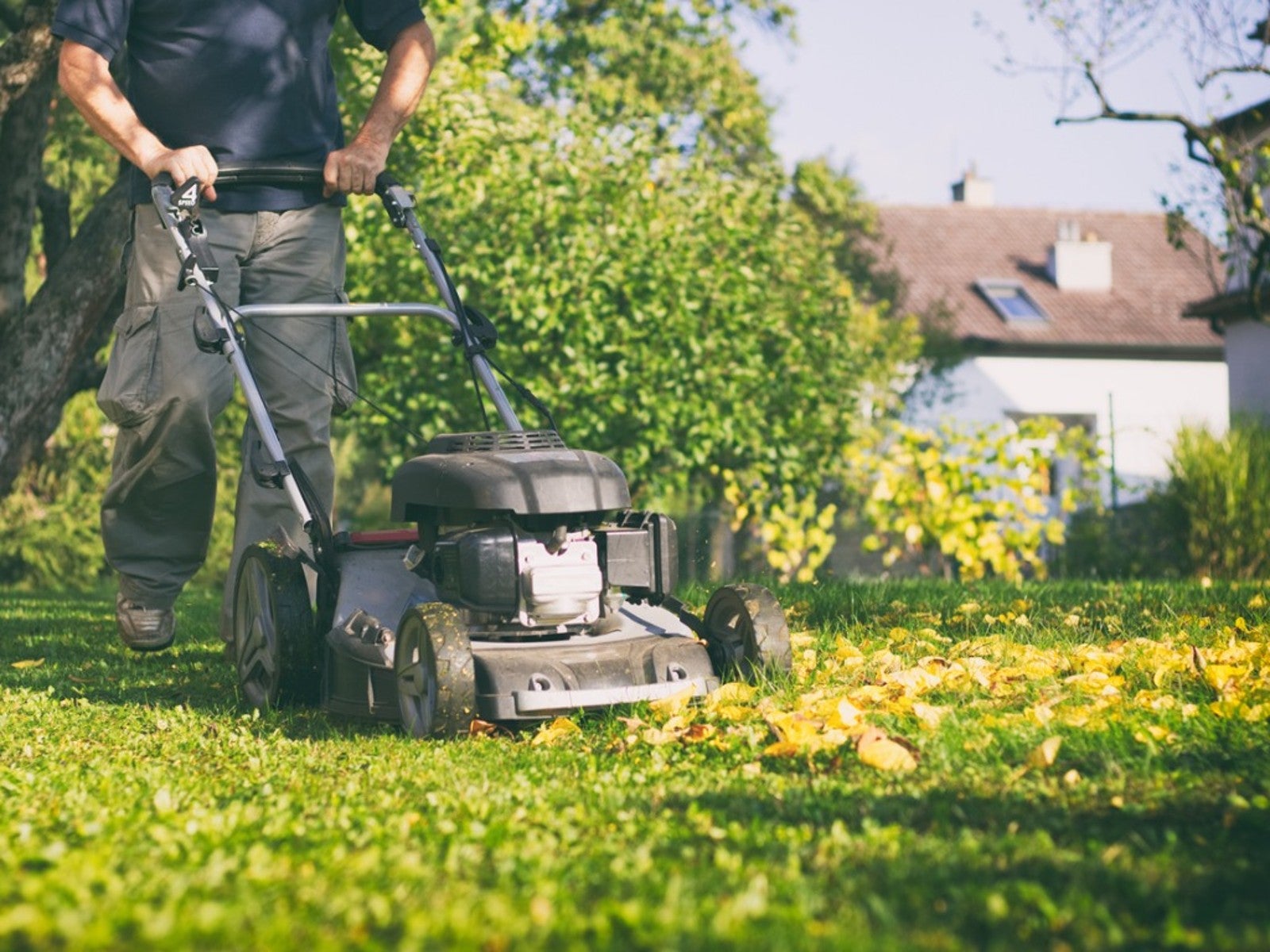 Late Summer Lawn Care Checklist
Late Summer Lawn Care ChecklistPlan to do some late summer care and maintenance of your lawn so it will be healthy and beautiful in the spring. Here are some tips.
By Laura Miller
-
 How To Cut Grass On A Steep Hill
How To Cut Grass On A Steep HillCutting grass on steep slopes poses some challenges and potential danger. These tips on cutting grass on a hill will make the task easier.
By Bonnie L. Grant